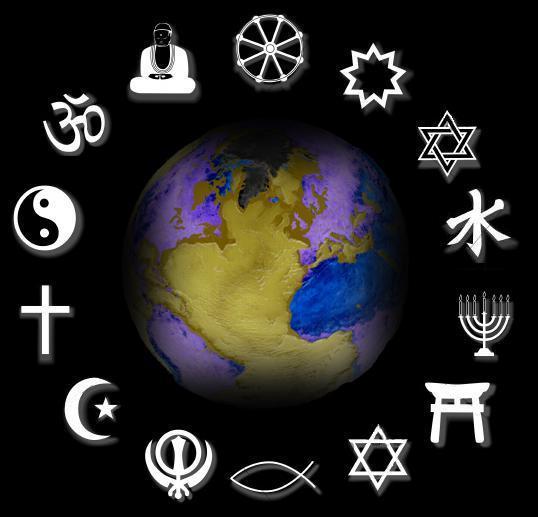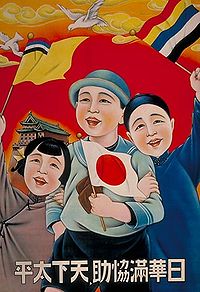Honoring My Father: Coming to Terms
 Do you have someone you cared deeply about that is no longer with you? Do you wish that you could go back and do a better job of letting them know how much they meant to you? Yes, we all do. In this heartfelt account, David Satterlee tells personal stories of a remarkable father, his own failure in family and faith… and the rediscovery of love worth living for.
Do you have someone you cared deeply about that is no longer with you? Do you wish that you could go back and do a better job of letting them know how much they meant to you? Yes, we all do. In this heartfelt account, David Satterlee tells personal stories of a remarkable father, his own failure in family and faith… and the rediscovery of love worth living for."Honoring My Father" is a journey of growth across generations. David remembers his Father's life with affection, and describes his own depression, spiritual crisis and divorce that led to being shunned by his family. Remarried, David and his wife attend his Dad's memorial service and discover opportunities to honor his Father's life, character, and a final wish.
This books also includes "Going to See Jessie," a related family story of elder-care, love, loyalty, and enduring patience. "Providing home care develops a predictable and cadenced routine... Going to see Jessie was an integral part of our Sisyphean life together. It was more than a routine; it was an obligatory rite, a necessary commemoration, like giving thanks before a meal or putting flowers on a grave."
Buy paperback or Kindle eBook at Amazon
Buy paperback or ebook at Barnes and Noble
Buy multiple eBook formats at Smashword

















